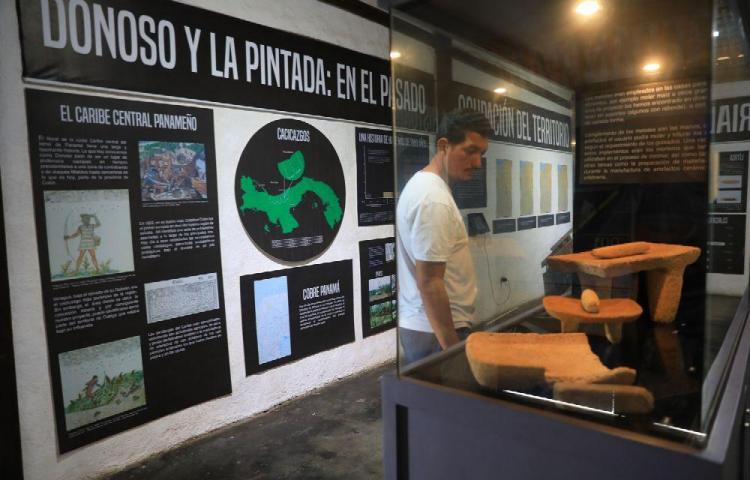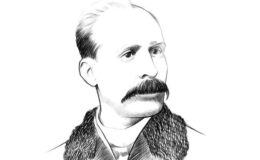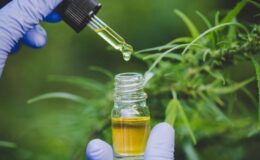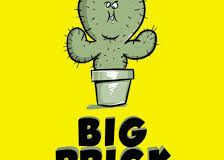Mining operations discover archeological history in Panama.
- By : James Bryson
- Category : Agriculture, History

With the arrival of Minera Panama, interesting data has been obtained about the history of the Panamanian Central Caribbean region.
Protecting and preserving cultural heritage is keeping alive the history of ancient civilizations. Currently, contributions have been made to the knowledge of the archaeological heritage of Panama, after important findings in the Donoso region and the current Omar Torrijos Herrera district, in the province of Colón.
With the arrival of Minera Panamá in this area, interesting data has been obtained about the Panamanian Central Caribbean region. It was inhabited for more than 2,300 years.
“In this investigative work of more than 10 years that the project has carried out, more than 700 archaeological contexts have been registered,” said Carlos Gómez, director of the Cobre Panamá Archaeological Project.
Many pieces have been recovered, most of them ceramic, such as pots, bowls and plates for preparing and storing food. In addition lithic tools (stone), some polished such as metates and grinding hands used for crushing grains and vegetables. Also carved tools such as axes, points and flakes, which were used for activities such as hunting, cutting meat and leather, clearing forests for domestic use and soil agriculture, among other functions.
‘Archaeology is very important because it allows us to know the history of all these populations that preceded us. That story laid the foundations for modern inventions,’ said Alejandra Quintero, also an archaeologist at Cobre Panama.
These data are not just findings. They are disclosed through a patrimonial dissemination campaign that the company has. They work with the National Directorates of Historical Heritage and Museums and the Ministry of Education. They have an exhibition room in the Museo de Penonomé.
‘The primary objective is to publicize the results we have obtained. Teaching not only teachers, students or the general public, but also a specialized public. We place a lot of emphasis on teaching teachers that history of the pre-Hispanic period and the Central Caribbean that is being written and in many cases rewritten,’ Gómez stressed.
For archaeologist Quintero, it is important to make this data known, so that people know their history. ‘Several of the projects are focused on dissemination, such as the renovation of the Penonomé Museum Room to allow people to learn about the history of the area. Also in the future, we think about the creation of the Coclesito Museum room. We have also proposed an itinerant exhibition, which consists of small museum suitcases that can travel to shopping centers, schools, parks, so that people can find out what has been happening in their territories for many years, so that they know their history and appropriate it’.
They also have an internal campaign that seeks to highlight the role of all the collaborators who have contributed to their heritage. It’s called Heritage Guardians.
Copper Panama comes to your school
It is a dissemination program that Minera Panama has to impact teachers and students from various schools. They hold talks, workshops and seminars on archeology, which is a contribution to educational development.
The campaign is three years old and they have addressed around 50 schools.
‘It’s a very nice project. We have been going to the schools to tell these stories and the reception by the children, teachers and parents has been very good,’ adds archaeologist Quintero.
For his part, Eduardo González, Regional Supervisor of Geography and History of the province of Coclé del Meduca, declared that the facilitators motivate the students through a theoretical-practical workshop on the importance of archeology in the country’s prehistory and the findings in the area of the mining project. They bring a mini-museum to the classroom.
“Likewise, teachers have participated in seminars to nourish ourselves with knowledge,” explained the teacher.
The Cobre Panama archaeological project has had an investment of over $5 million from 2008 to the present.
DIRECTOR OF THE COPPER PANAMA ARCHAEOLOGICAL PROJECT
REGIONAL SUPERVISOR OF GEOGRAPHY AND HISTORY IN COCLÉ DEL MEDUCA,
ARCHEOLOGIST IN COPPER PANAMA
more than 700
Archaeological objects have been found in the Cobre Panama project.



No Comments